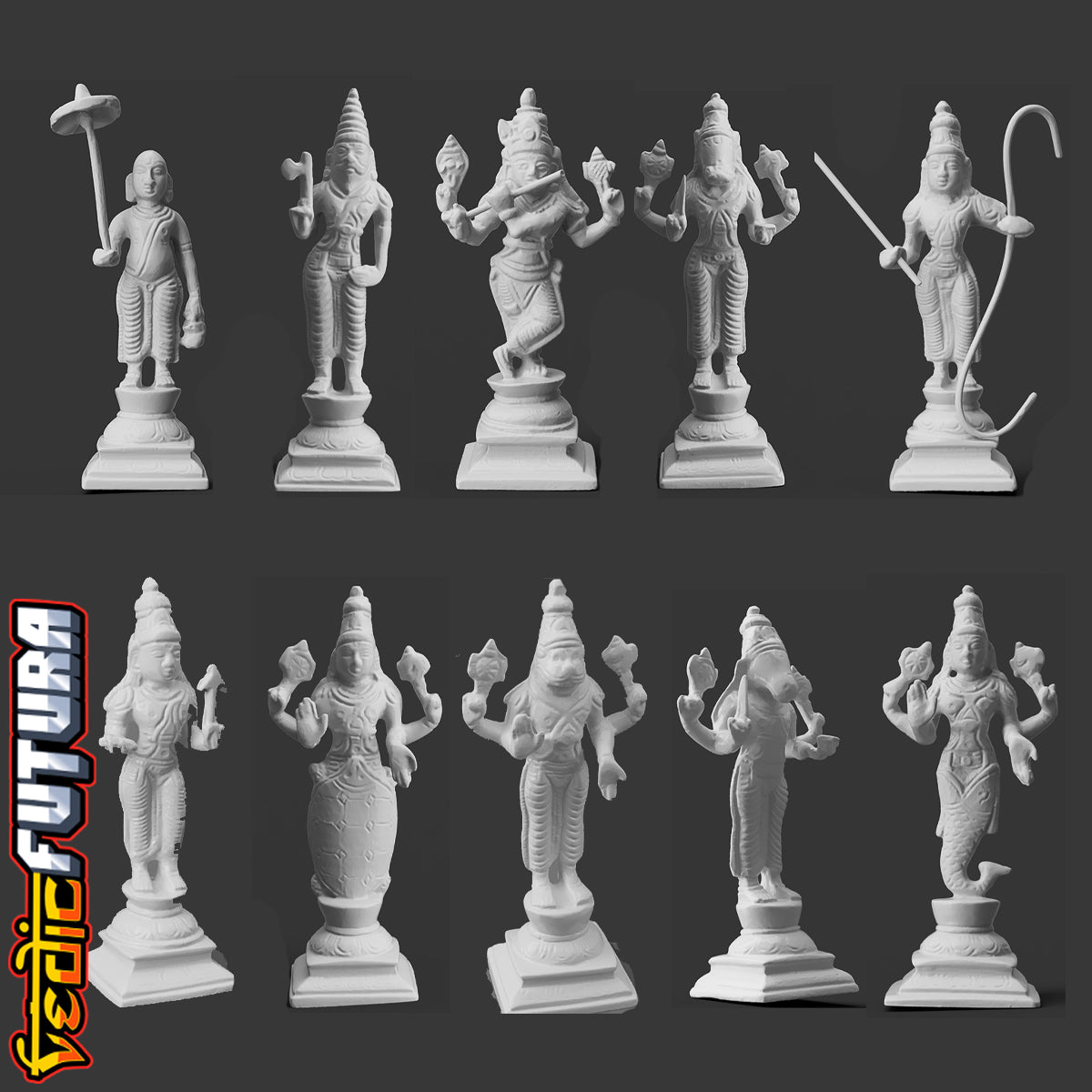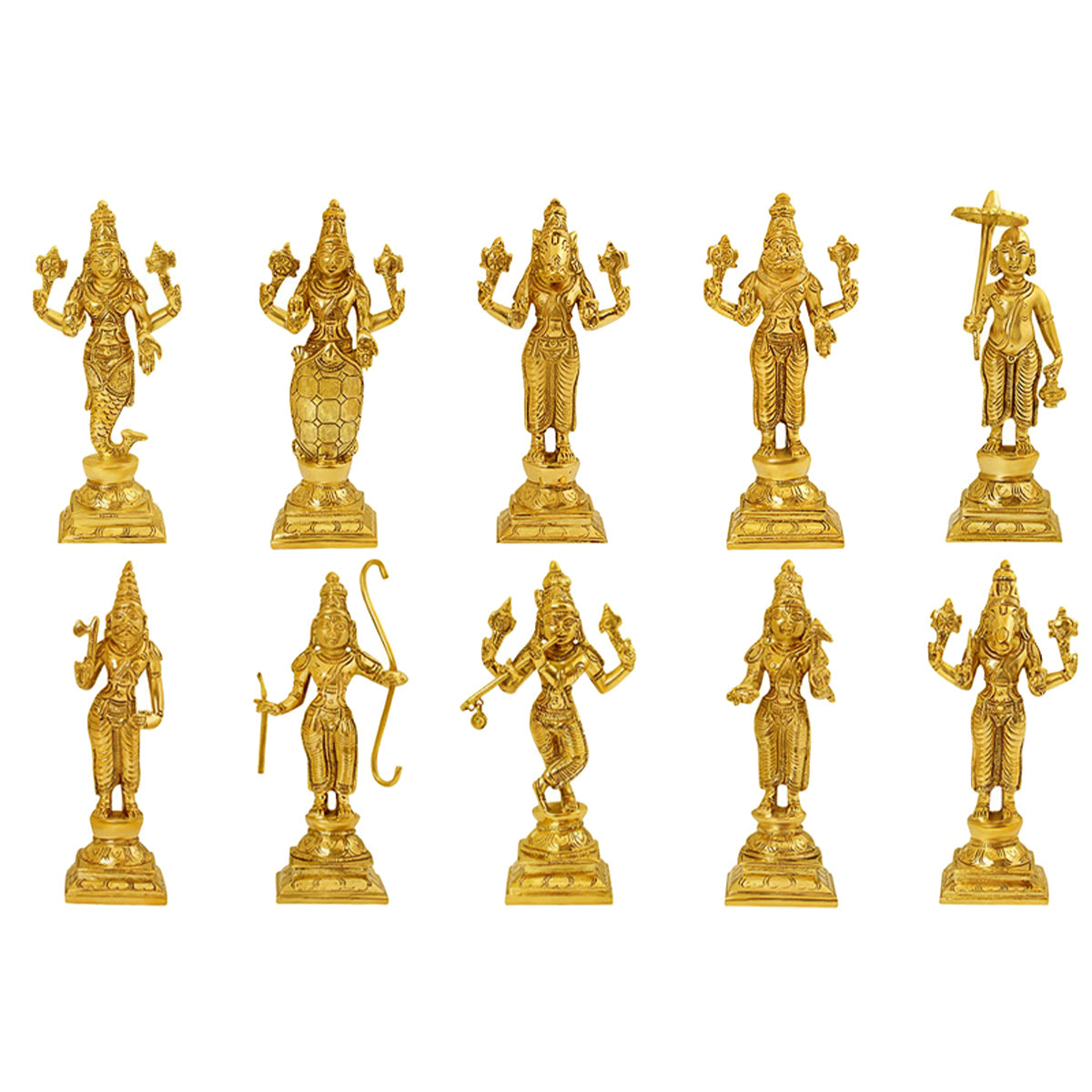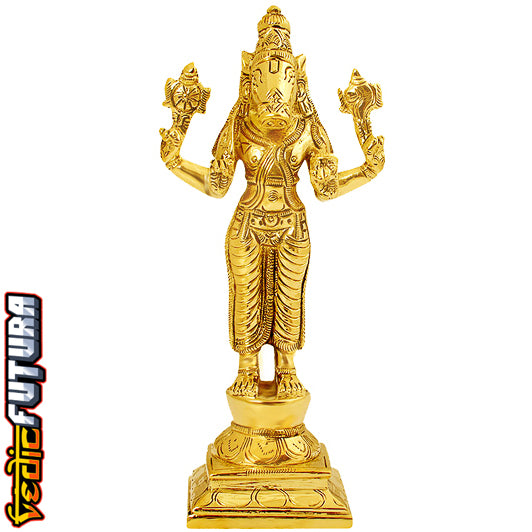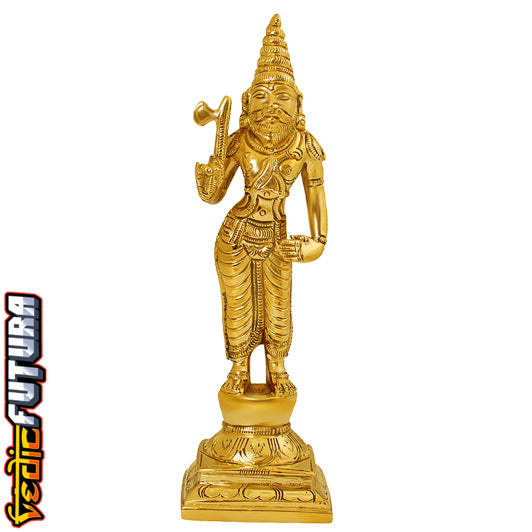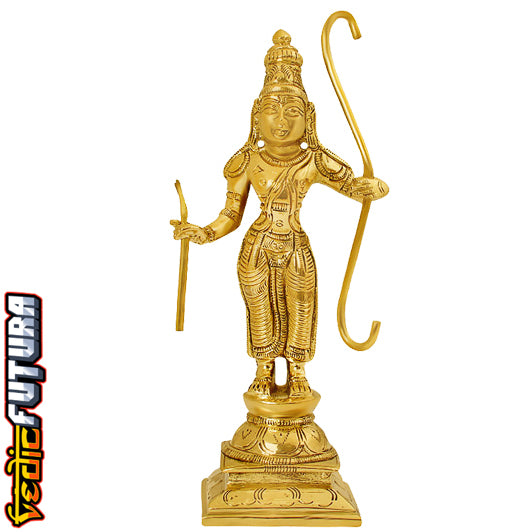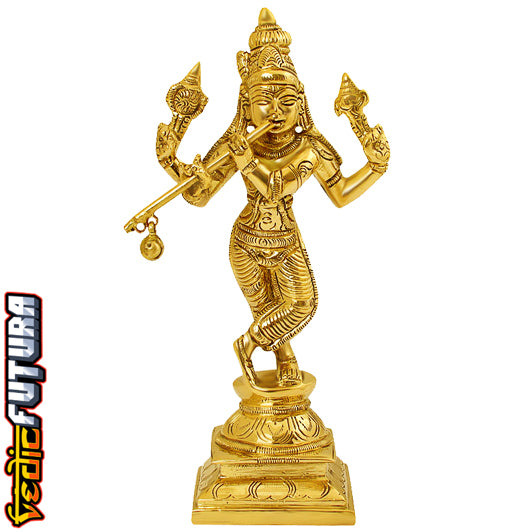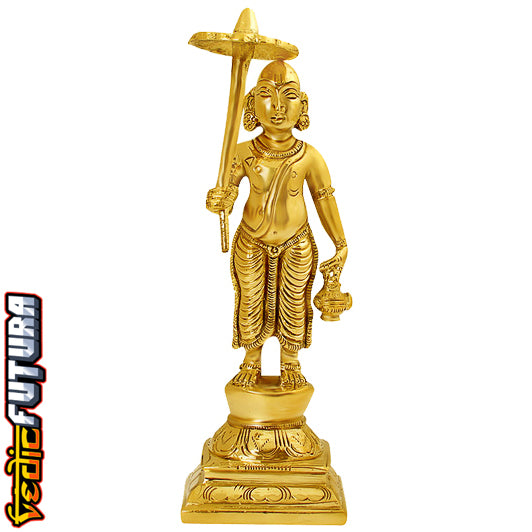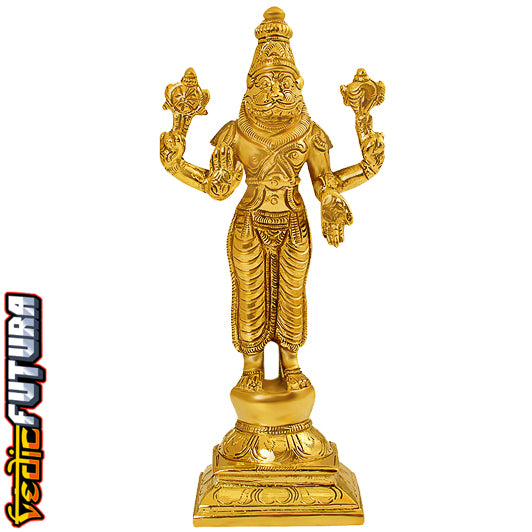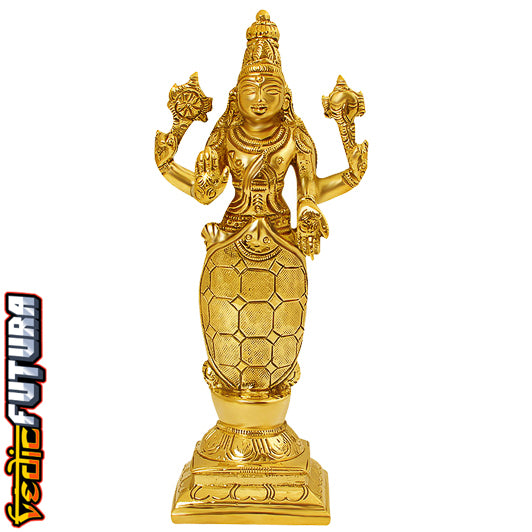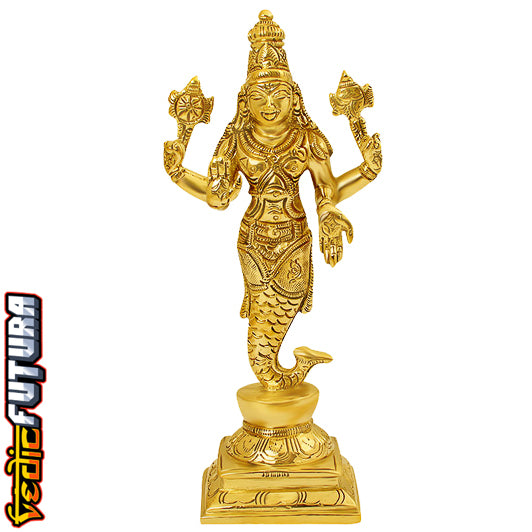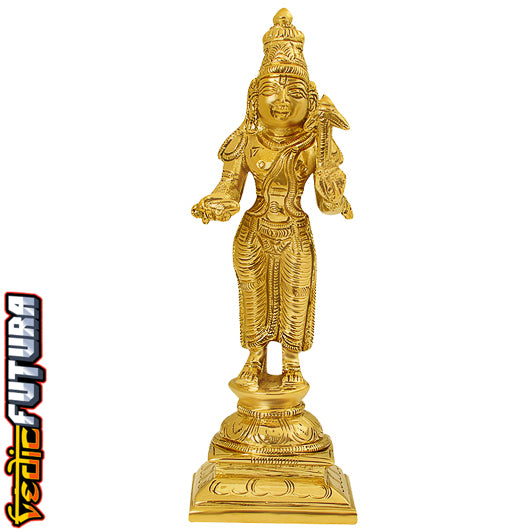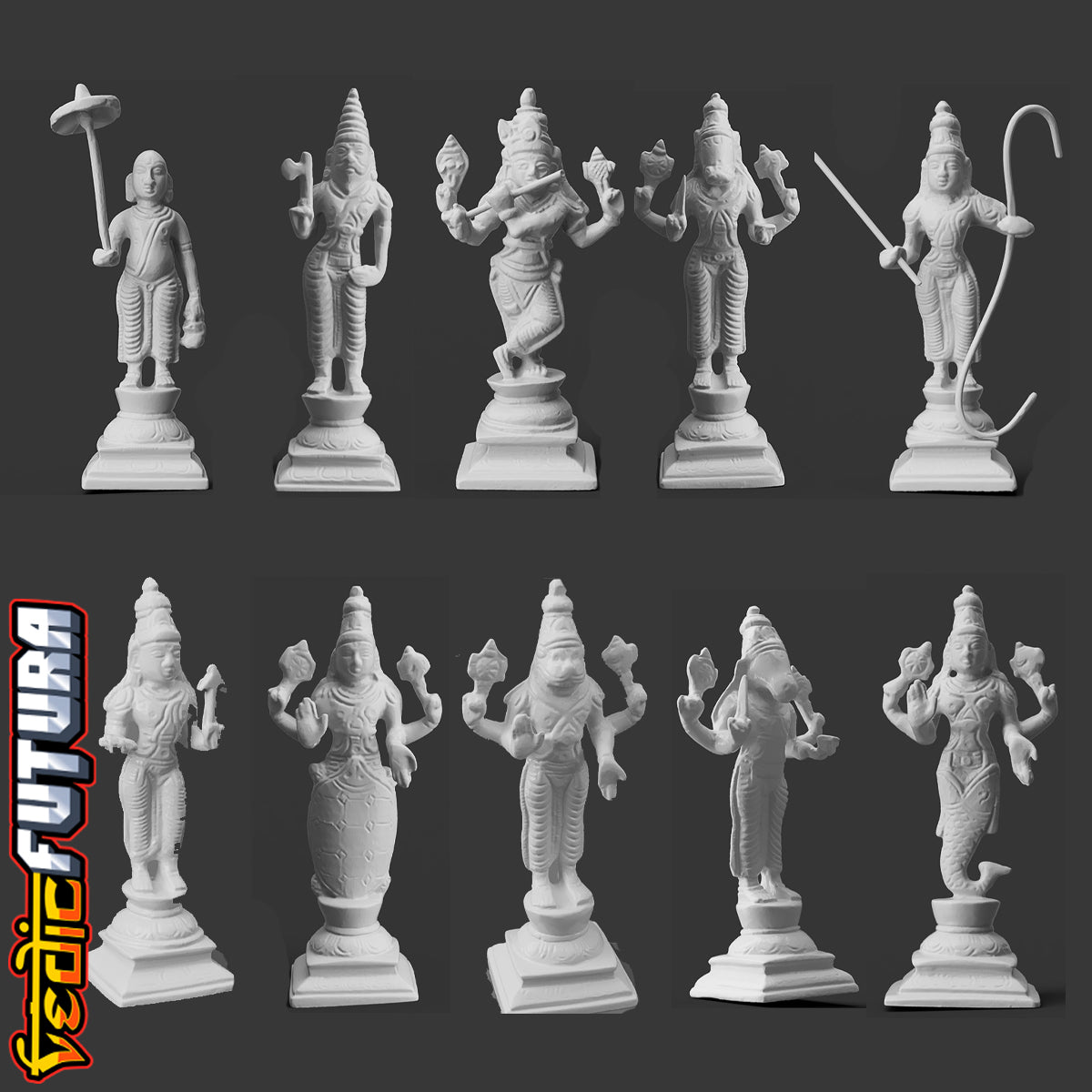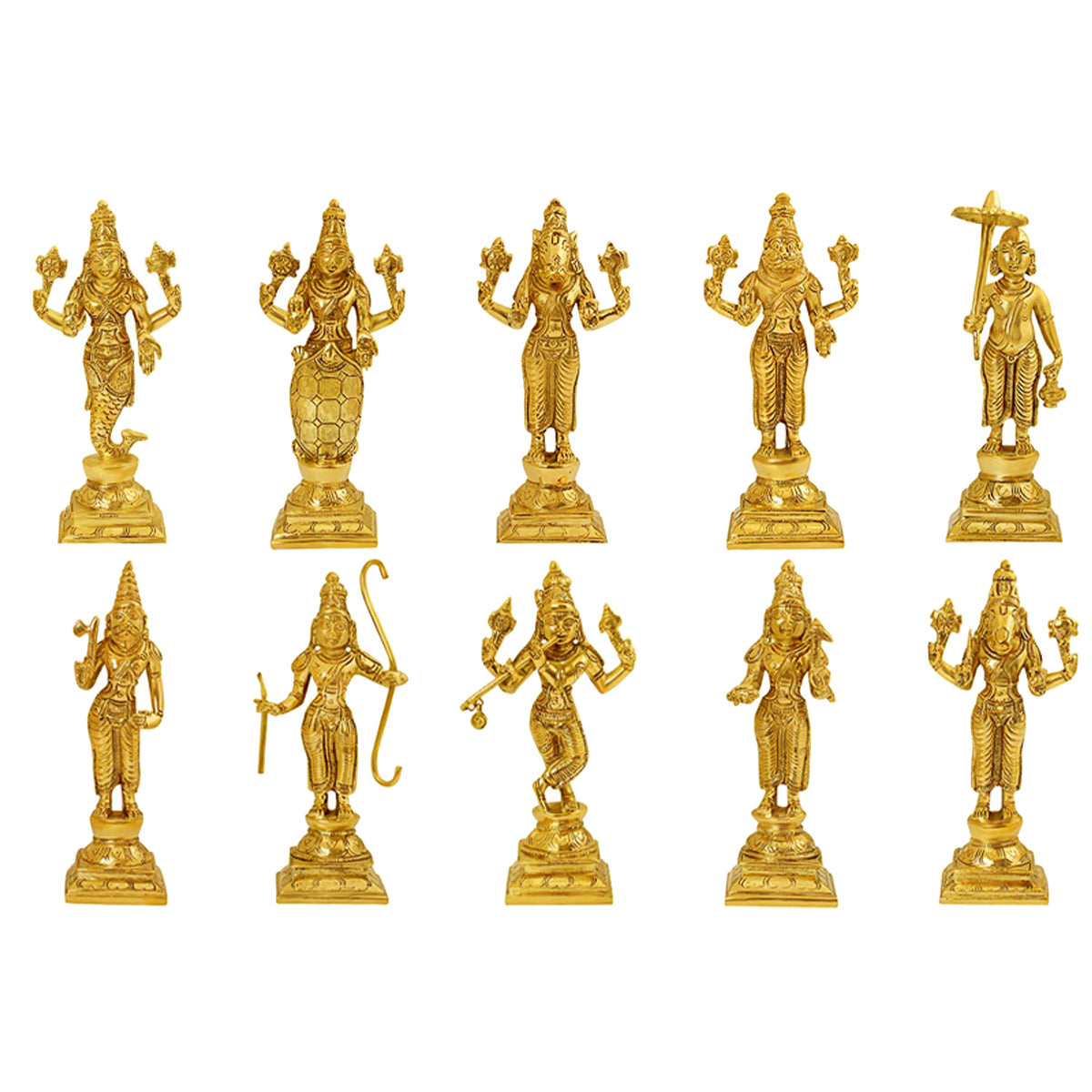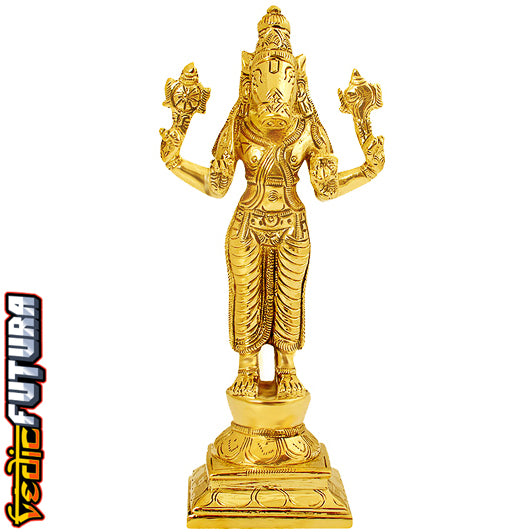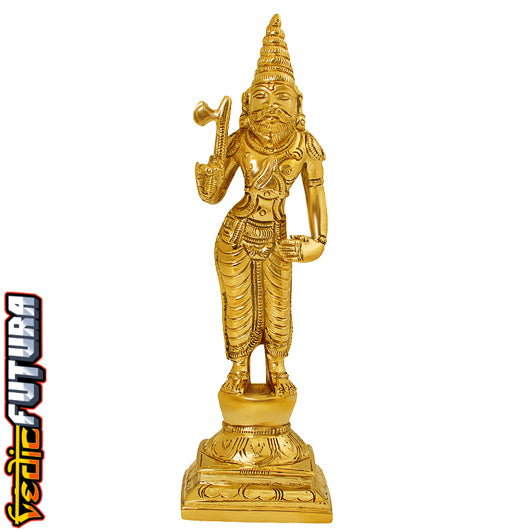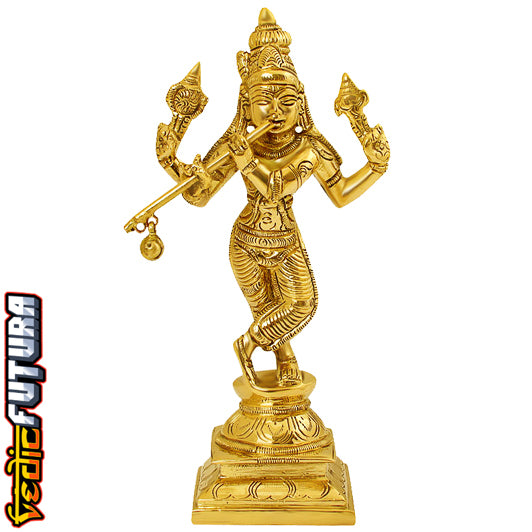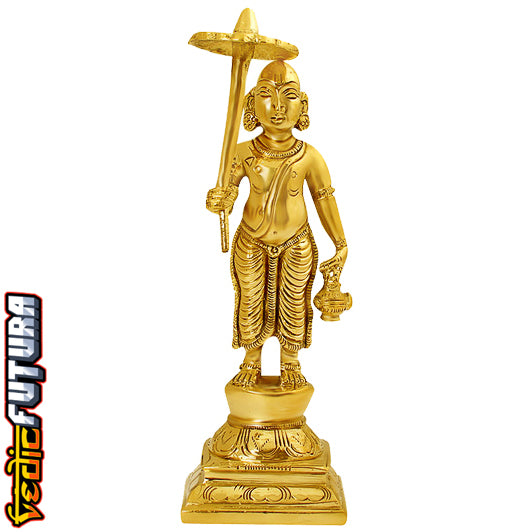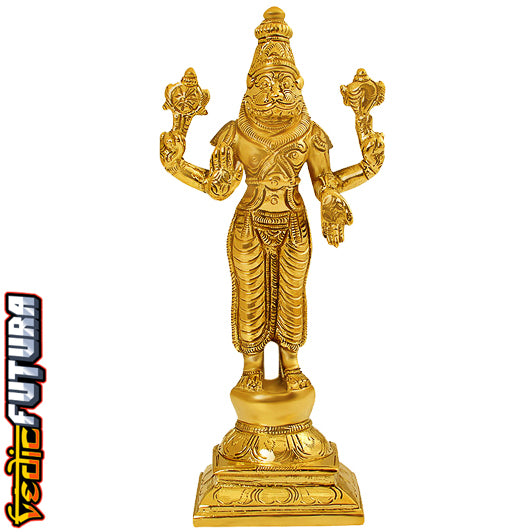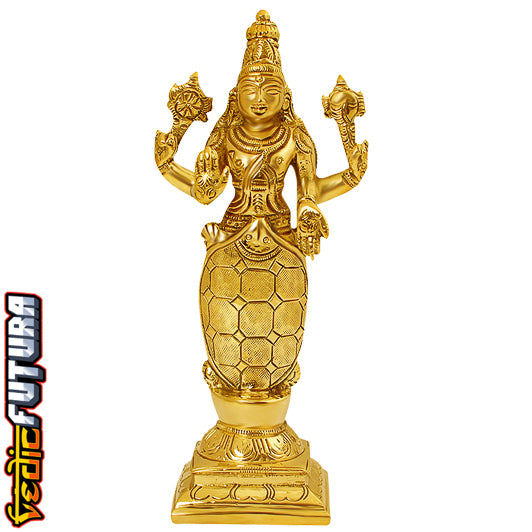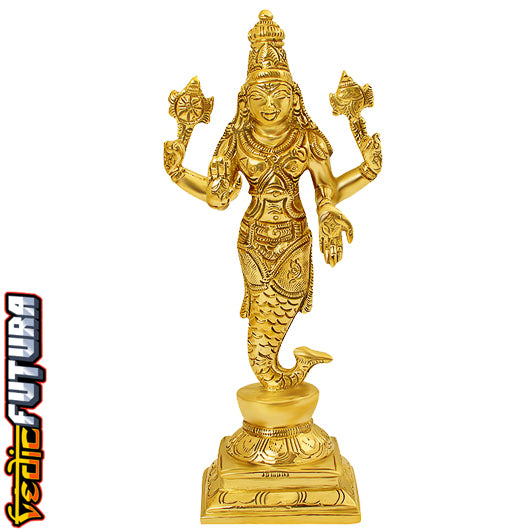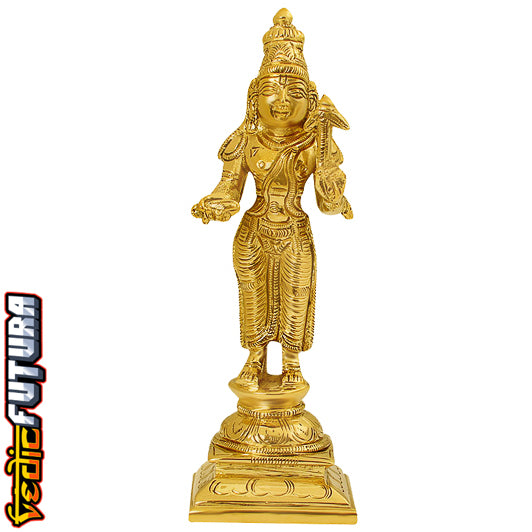Dashavatar Set- 10 Avatars of Vishnu
Dashavatar Set- 10 Avatars of Vishnu
Couldn't load pickup availability
The theme of Dashavatara is evolution and divine intervention, where each avatar represents a different stage in cosmic evolution, societal development, or moral order. These avatars range from aquatic forms, to animal forms, to human forms, culminating in divine enlightenment. The sequence of avatars also symbolizes the progression from 'chaos to order' and the eternal struggle between good and evil.
Each brass figure is 6" tall and look amazing beside eachother! The set comprises of:
-
Matsya (The Fish): A four-armed figure with the upper torso of Vishnu and the lower body of a fish. Matsya saved mankind from a great flood.
-
Kurma (The Tortoise): Vishnu in the form of a giant tortoise, supporting the churning of the ocean to obtain the nectar of immortality.
-
Varaha (The Boar): A boar avatar that rescued Earth from the demon Hiranyaksha.
-
Narasimha (The Man-Lion): A fierce form with a man's body and a lion's head and claws, designed to defeat the demon Hiranyakashipu.
-
Vamana (The Dwarf): A Brahmin dwarf who traversed the universe in two giant steps, defeating the demon king Bali.
-
Parashurama (The Warrior with the Axe): A brahmin with an axe, known for his aggression and combating the warrior caste.
-
Rama (The Prince and King of Ayodhya): A righteous prince and later king, the protagonist of the Ramayana.
-
Krishna (The Divine Statesman): Often shown as a child or young man with a flute, a central figure in the Bhagavad Gita and the Mahabharata.
-
Buddha (The Enlightened One): Sometimes included as an avatar of Vishnu, depicted as a serene, meditative figure symbolizing enlightenment and compassion.
-
Hayagreeva (The Horse-Headed): Depicted with a horse's head and a human body, Hayagreeva is known for his wisdom and as the epitome of jnana (knowledge). He is often associated with the rescue and restoration of the Vedas.
Please Note: This is a digital 3D model (STL/3mf file) for 3D printing – not a physical object.
No physical product will be shipped.
After purchase, download links will be shown on your screen and sent to your email.
Please read the full website description and terms before purchasing.
